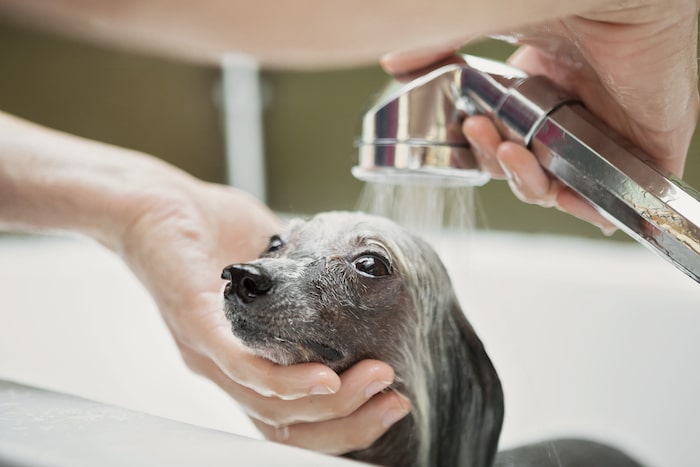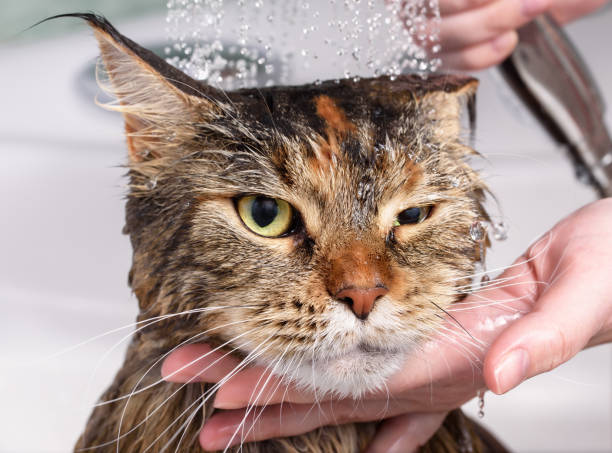
What Is a Microchip and Does Your Pet Need One?
by Amy Smith - 8/30/19
Perhaps your pet came from a shelter and had a microchip already in place when you took him home. Perhaps you just acquired a new pet and your vet is recommending you get him microchipped. Not sure what’s involved? Find out what a microchip is and whether you should get one for your pet.
What Is a Microchip?
A microchip is a tiny electronic device encased in a glass cylinder about the size of a grain of rice that stores a unique identifying number for your pet. The microchip is embedded under your pet’s skin by injection, usually between the shoulder blades. This procedure does not require anesthesia and is similar to receiving a routine vaccination. The microchip doesn’t have its own battery. In order to transmit information, it must be interrogated by a scanner. When the microchip is scanned, the scanner reads your pet’s identifying number. The person reading the scanner can then search the number in the manufacturer’s database to find the owner information associated with that number. A microchip is not a GPS locator. It simply stores a number for your pet. In order for that number to match up to you as the owner, you must have submitted your personal information to the company that manufactured your pet’s microchip. Although there is no centralized database for these numbers, the American Animal Hospital Association provides a website on which you can enter a microchip number to search many manufacturers’ registries quickly.
Why Use Microchipping?
The main benefit of having your pet microchipped is that it greatly increases your chance of recovering a pet that has run away or gotten lost or stolen. If your pet is picked up as a stray, most animal shelters and vet clinics will be able to scan him for a microchip, identify the number and find your contact information in the manufacturer’s database if you have kept this information up-to-date. AKC Reunite states that, “Pets with microchips are up to 20 times more likely to be reunited with their owners” than those without. An ASPCA survey shows that around 15 percent of pet owners have lost a cat or dog in the last five years, so it makes sense to take the simple step of microchipping to boost your chances of recovering your furry friend if he goes missing.
Drawbacks of Microchips
The downside of microchips in pets is minimal. Most microchip placements remain problem-free for an animal’s entire life. However, there is a small chance of problems, such as the microchip moving from the original site of injection. This is a minor problem, as vets and shelters will usually scan a stray animal’s entire body to make sure they haven’t missed a microchip. And because the chip is inserted just under the skin, there’s no chance it could migrate dangerously to an internal organ. In rare cases, the microchip site can develop an infection or a tumor, but the British Small Animal Veterinary Association, which maintains a database of adverse reactions to microchips, has only had 391 negative reactions out of a total 3.7 million microchipped animals. The problems with microchips are vanishingly small. The benefits are tangible and easy to come by. Ask your vet about microchipping your pet.
Amy Smith is a writer, specializing in family and parenting topics. She teaches English, Latin, and music at a private school and lives with her husband and five children on a small homestead in rural Pennsylvania.
References
- https://www.avma.org/KB/Resources/FAQs/Pages/Microchipping-of-animals-FAQ.aspx
- https://science.howstuffworks.com/innovation/everyday-innovations/pet-microchip1.htm
- http://www.petmicrochiplookup.org/
- https://www.akc.org/expert-advice/lifestyle/how-do-dog-microchips-work/
- https://www.aspca.org/about-us/press-releases/how-many-pets-are-lost-how-many-find-their-way-home-aspca-survey-has-answers
- https://www.avma.org/KB/Resources/Reference/Pages/Microchipping-of-Animals-Backgrounder.aspx




.jpg)

.jpg)
























.jpg)






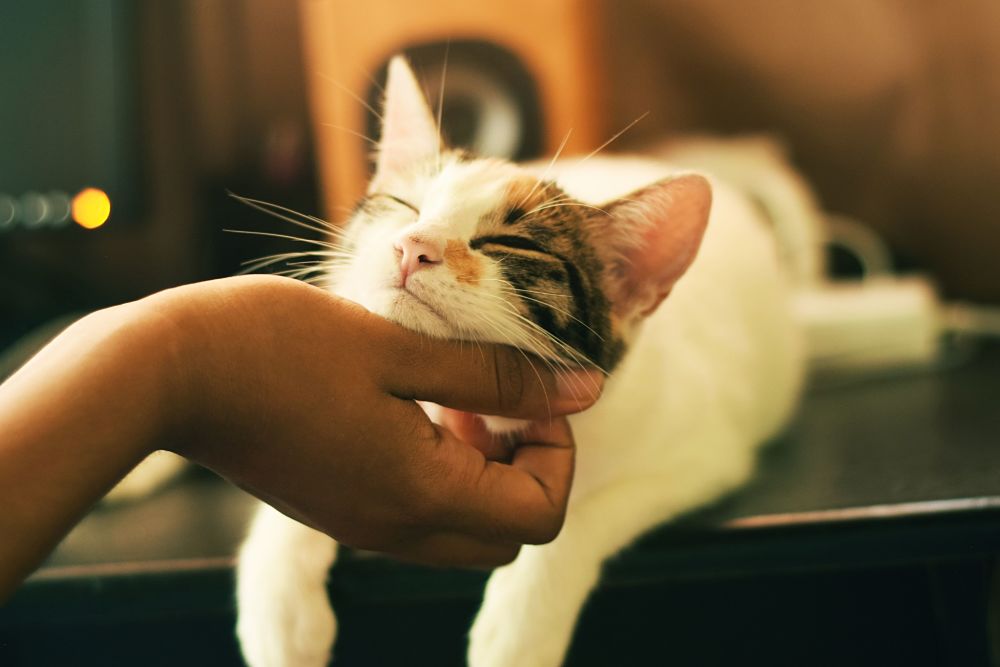





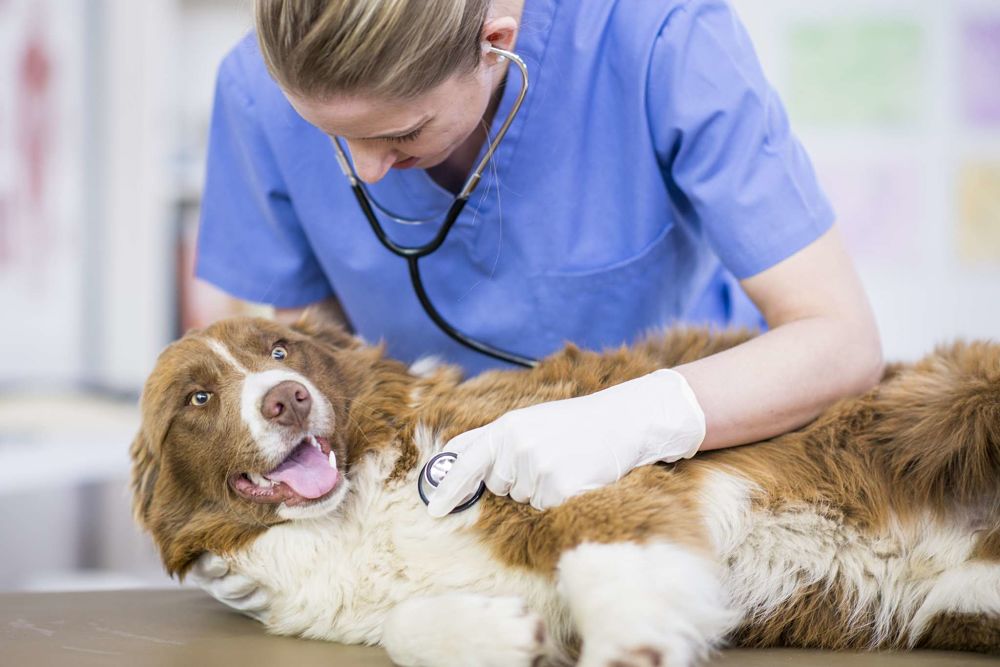





















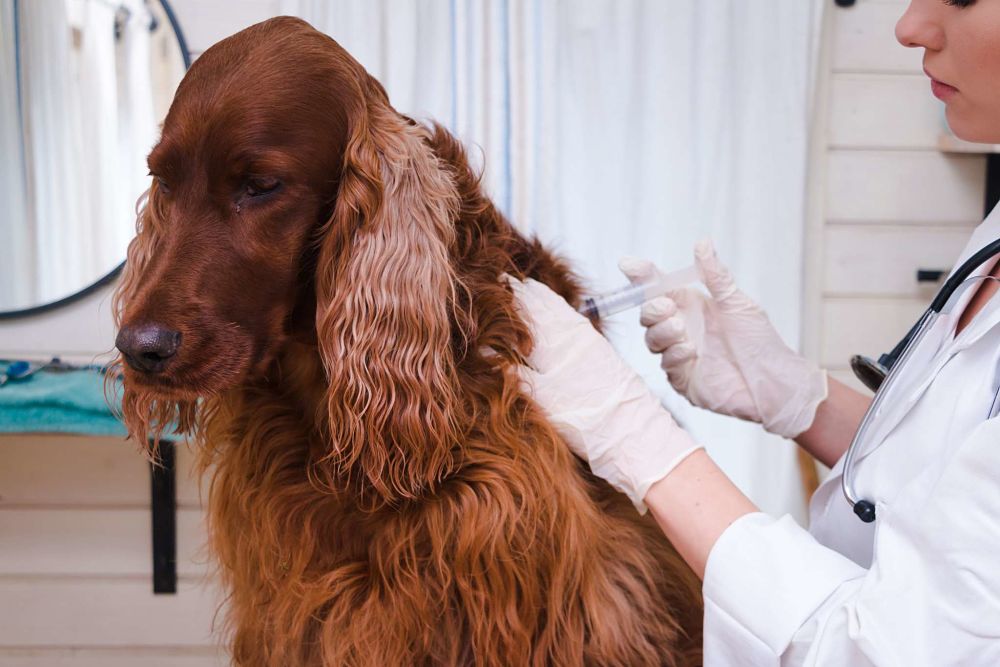




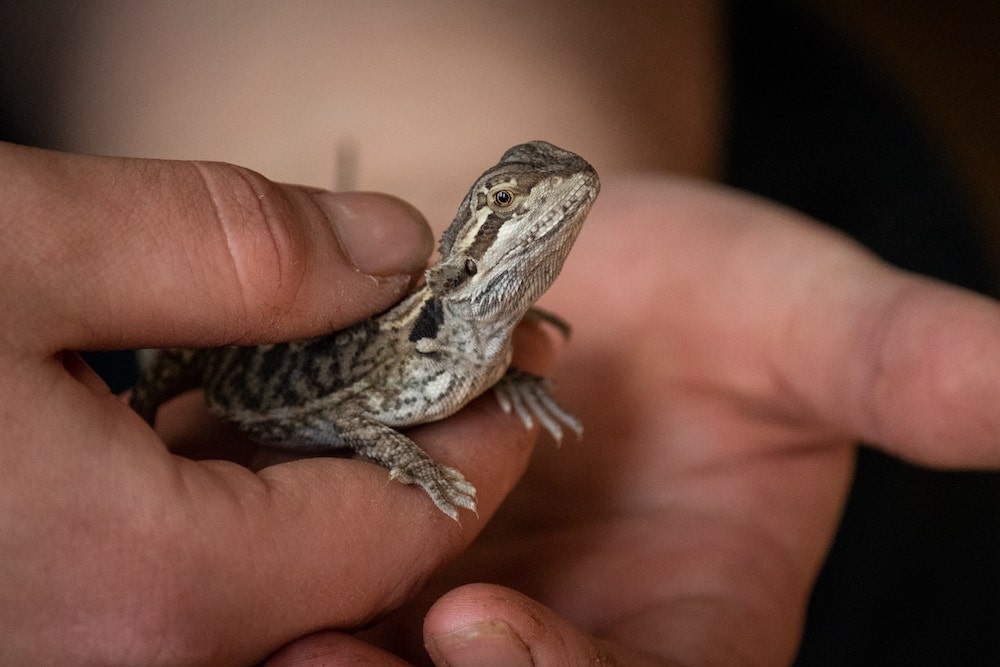












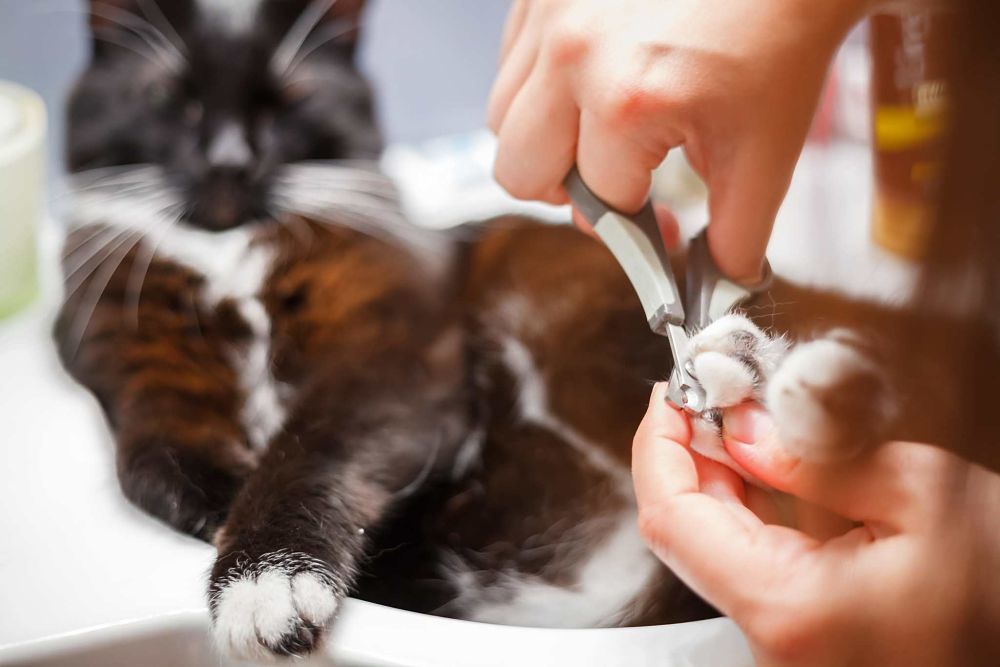
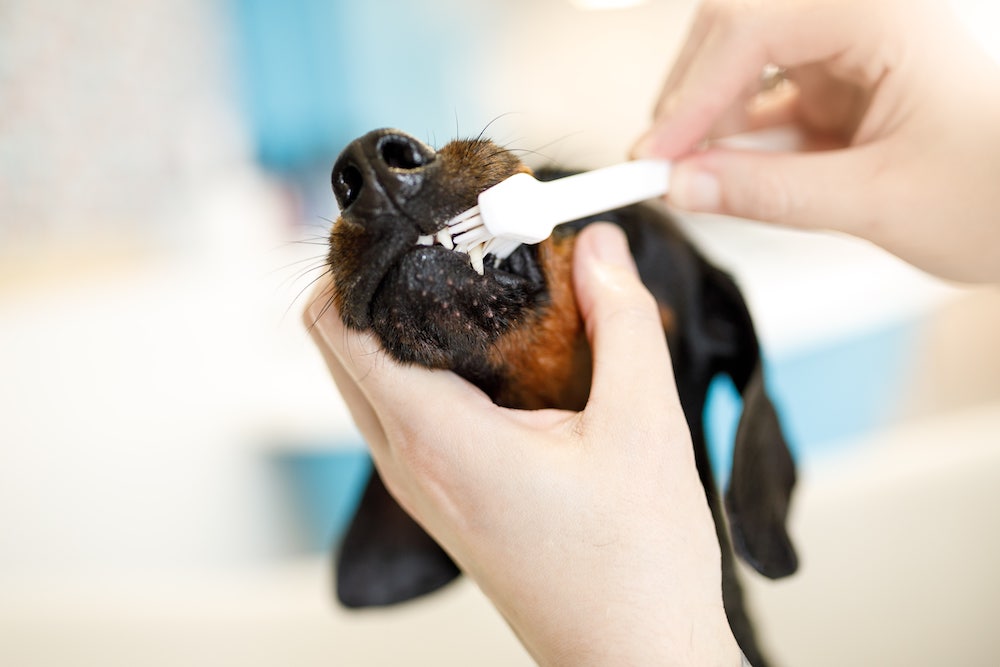


.jpg)






